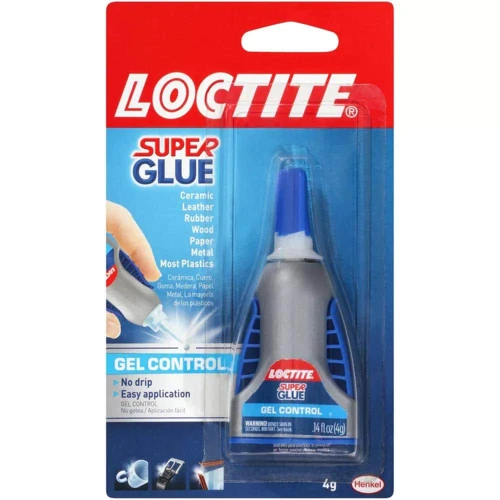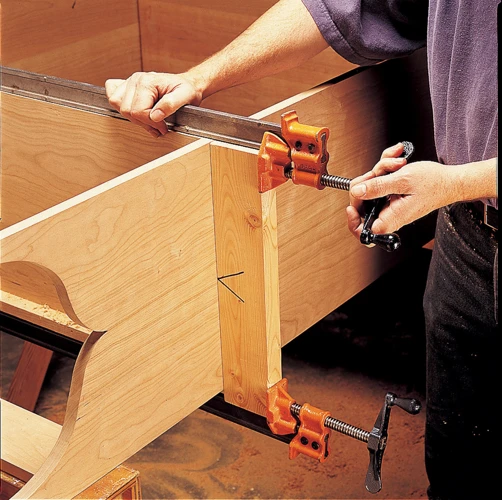When it comes to creating or repairing items around the house or in industrial settings, the ability to effectively glue metal to plastic is an invaluable skill. Both materials are ubiquitous in modern manufacturing and DIY projects, but they have vastly different properties that can make them challenging to bond together. This blog post will explore the intricacies of bonding metal to plastic, ensuring a strong and lasting connection.
Understanding the Challenge of Bonding Metal to Plastic
At the outset, it’s crucial to recognize the inherent difficulties in creating a strong adhesive bond between metal and plastic. Metals are typically smooth and non-porous, while plastics can vary greatly in texture and composition. The thermal expansion rates of these materials often differ, which can cause stress at the joint. Understanding these challenges is the first step toward a successful bond.
Preparation for Bonding Metal to Plastic
Cleaning and Preparing the Surfaces
Proper preparation of surfaces is key to a strong bond. Begin by cleaning both the metal and plastic surfaces with a solvent that does not leave a residue. Abrading the metal with a fine-grit sandpaper can create a rougher surface for better adhesion. Similarly, lightly sanding the plastic can remove any gloss and assist the glue in gripping the surface.
Choosing the Right Bonding Agents for Metal to Plastic
Not all bonding agents are created equal. Selecting the right adhesive for metal to plastic is essential for a durable bond. It’s important to consider factors such as the weight-bearing load, environmental exposure, and the flexibility required of the bond when choosing an adhesive.
Selecting the Best Glue for Metal to Plastic
Adhesive Options for Durable Metal to Plastic Joining
Finding the best glue for metal to plastic involves considering the specific requirements of your project. Adhesives such as two-part epoxies, polyurethane glues, and certain types of super glue can provide strong bonds between these disparate materials. It’s crucial to select a product designed for mixed-material applications.
Comparing Epoxy, Super Glue, and Other Metal to Plastic Adhesives
Epoxies offer a strong, heat-resistant bond and are ideal for heavy-duty applications. Super glue, meanwhile, is more suitable for quick repairs where less strength is required. Other specialty adhesives are formulated to work with specific types of plastic, so always check compatibility before use.
Step-by-Step Guide: How to Attach Metal to Plastic
Applying the Adhesive for Metal to Plastic
To begin the bonding process, carefully apply the selected metal to plastic adhesive to one of the surfaces, following the manufacturer’s instructions. Avoid using too much glue, which can weaken the bond or cause it to cure improperly.
Clamping and Curing for Optimal Bond Strength
After applying the adhesive, join the metal and plastic together and use clamps to hold the pieces in place. Allow the bond to cure for the time specified by the adhesive’s instructions. Curing times can vary, so patience here is crucial for ensuring a strong bond.
DIY Metal to Plastic Projects
Innovative Ideas for DIY Metal to Plastic Bonding
- Creating custom jewelry with metal charms and plastic beads
- Repairing broken plastic handles with metal reinforcements
- Building models or miniature structures that incorporate both materials
Strong Glue for Metal to Plastic: Product Recommendations
Top Picks: Metal to Plastic Adhesive Reviews
For those seeking a strong glue for metal to plastic, products such as JB Weld, Loctite Epoxy, and Gorilla Glue offer reliable options. These adhesives have been tested for strength and durability, making them top picks for various projects.
Troubleshooting: Common Issues and Solutions
Addressing Weak Bonds and Adhesion Failures
If you encounter a weak bond or adhesion failure, it may be due to insufficient surface preparation, incorrect adhesive choice, or inadequate curing time. To address these issues, re-evaluate each step of the process and ensure all best practices are being followed.
Metal to Plastic Joining Methods Beyond Gluing
Alternative Techniques for Durable Metal to Plastic Connections
Besides adhesives, other metal to plastic joining methods include ultrasonic welding, solvent bonding, and mechanical fasteners. These techniques can offer alternatives to gluing, depending on the project’s requirements.
Conclusion: Ensuring a Successful Metal to Plastic Bond
When it comes to DIY projects, knowing how to properly adhere different materials together can be crucial for a successful outcome. If you’re looking to bond metal to plastic, our guide on How To Glue Metal To Plastic can provide you with the step-by-step process and tips to ensure a strong attachment. For those who are working with other materials, we also have comprehensive tutorials on how to glue metal to rubber, how to glue fabric to plastic, and how to glue plastic to concrete, covering a wide range of bonding needs for your various projects.
Final Tips and Best Practices for Bonding Metal to Plastic
To ensure a successful metal to plastic bond, always prepare surfaces thoroughly, select the appropriate adhesive, and allow for proper curing time. With the right approach and materials, you can achieve a durable and lasting bond between metal and plastic components.





